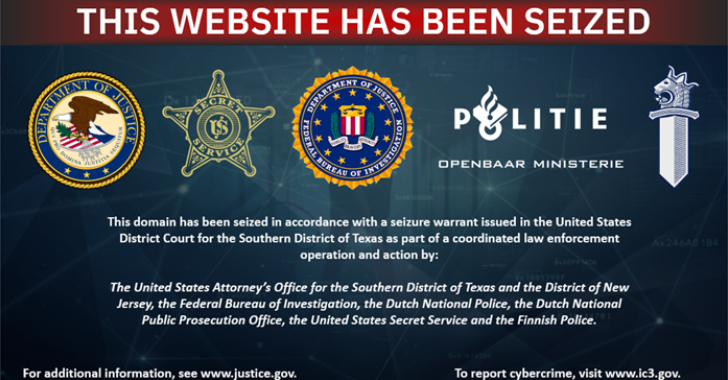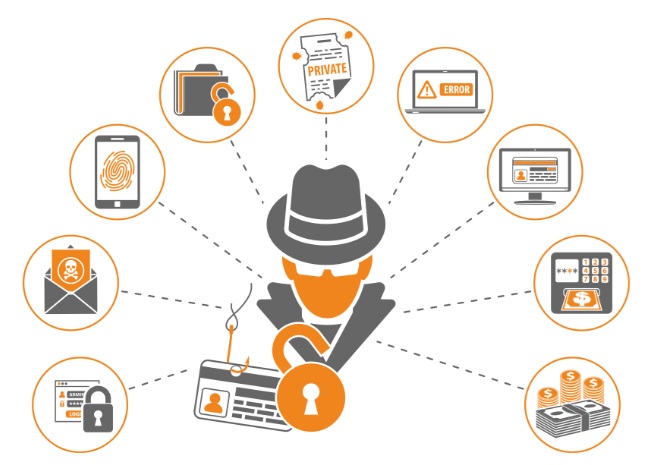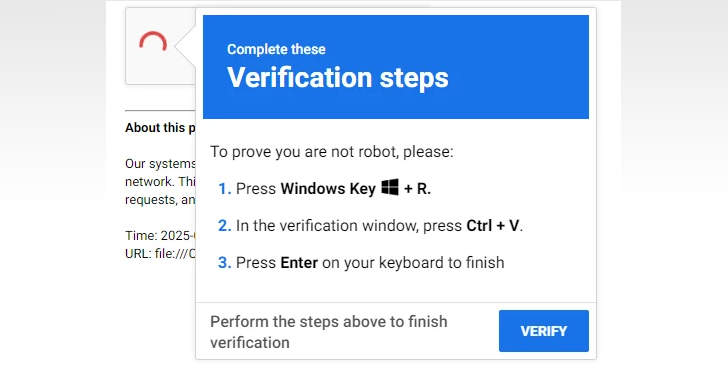
Why You Shouldn't Ignore NIST-Based Risk Assessments
In the realm of cybersecurity, the stakes have never been higher. With cyberattacks becoming increasingly sophisticated and frequent, businesses and organizations must take a proactive approach to protect their digital assets and sensitive data. One essential tool in the cybersecurity arsenal is NIST-based risk assessments. In this article, we’ll explore why you should pay attention to these assessments and how they can help safeguard your digital world.
Understanding NIST-Based Risk Assessments
NIST, or the National Institute of Standards and Technology, is a federal agency within the United States Department of Commerce. Among its many responsibilities, NIST is tasked with developing and promoting cybersecurity standards and guidelines to enhance the security and resilience of information systems.
NIST-based risk assessments are a set of cybersecurity practices and frameworks created by NIST to help organizations identify and manage cybersecurity risks effectively. These assessments provide a structured approach to evaluating an organization’s cybersecurity posture, making them an invaluable resource in today’s threat landscape.
The Growing Cybersecurity Threat
Before diving into the importance of NIST-based risk assessments, it’s crucial to understand the severity of the cybersecurity threat facing organizations today. Cyberattacks have evolved from being the work of curious individuals to highly organized criminal enterprises and even state-sponsored entities. Some recent statistics shed light on the magnitude of the problem:
Ransomware Attacks: Ransomware attacks have surged, with over 65% of organizations worldwide falling victim to such attacks in 2021 alone. These attacks can result in data loss, financial loss, and reputational damage.
Data Breaches: Data breaches remain a significant concern, with millions of records compromised each year. The cost of a data breach in 2021 averaged $4.24 million.
Phishing: Phishing attacks continue to be a popular tactic among cybercriminals, accounting for over 90% of data breaches in 2020.
These statistics underscore the critical need for robust cybersecurity measures.
The Role of NIST-Based Risk Assessments
Now, let’s explore why NIST-based risk assessments are a cornerstone of effective cybersecurity:
- Comprehensive Framework: NIST provides a comprehensive framework for assessing and managing cybersecurity risks. The NIST Cybersecurity Framework (CSF) is widely recognized and accepted as a best practice for organizations of all sizes and industries.
- Risk Identification: NIST-based assessments help organizations identify potential cybersecurity risks specific to their operations. This proactive approach enables organizations to address vulnerabilities before they can be exploited by cybercriminals.
- Customization: NIST’s guidelines are not one-size-fits-all. Organizations can tailor their risk assessments to their unique needs and risk profiles. This flexibility is especially valuable given the diverse cybersecurity challenges faced by different industries.
- Regulatory Compliance: Many industries are subject to specific cybersecurity regulations and standards. NIST-based assessments often align with these requirements, making it easier for organizations to demonstrate compliance and avoid legal consequences.
- Continuous Improvement: Cybersecurity is an ongoing process. NIST-based assessments promote a culture of continuous improvement by helping organizations regularly review and update their security practices to stay ahead of evolving threats.
The NIST Cybersecurity Framework
At the heart of NIST-based risk assessments is the NIST Cybersecurity Framework, which consists of five core functions:
- Identify: This function involves understanding and managing cybersecurity risks by identifying assets, vulnerabilities, and threats. It forms the foundation for the entire risk assessment process.
- Protect: Once risks are identified, organizations implement safeguards to protect against potential threats. This includes access controls, encryption, and security awareness training.
- Detect: Organizations must have mechanisms in place to detect cybersecurity events promptly. This includes intrusion detection systems, security monitoring, and incident response plans.
- Respond: In the event of a cybersecurity incident, a well-defined response plan can minimize damage and recovery time. This function includes incident response coordination and communication.
- Recover: Finally, organizations must have strategies for recovery and resilience. This involves restoring systems, services, and data to normal operation after an incident.
Real-World Applications
To illustrate the practical significance of NIST-based risk assessments, consider these real-world scenarios:
- Healthcare Industry: The healthcare sector holds vast amounts of sensitive patient data. A NIST-based risk assessment helps healthcare organizations identify vulnerabilities in their systems and protect patient confidentiality. For instance, such assessments might lead to the implementation of robust encryption protocols and regular employee training to prevent data breaches.
- Financial Services: Financial institutions are prime targets for cyberattacks. NIST-based assessments assist banks and credit unions in identifying and mitigating risks related to customer data, online banking, and electronic funds transfers. This proactive approach is essential to safeguarding the financial well-being of customers.
- Small Businesses: Small businesses often lack the cybersecurity resources of larger organizations. NIST-based risk assessments can be scaled to fit the needs and budget constraints of small businesses, helping them secure their digital operations effectively.
- Government Agencies: Government agencies hold sensitive information, making them attractive targets for cybercriminals and nation-state actors. NIST-based assessments enable government entities to comply with regulations, protect national security interests, and maintain public trust.
Conclusion
In today’s hyperconnected world, cybersecurity is a paramount concern. Ignoring the importance of NIST-based risk assessments can leave your organization vulnerable to cyberattacks, data breaches, and financial losses. By embracing these assessments, you not only enhance your organization’s cybersecurity posture but also demonstrate a commitment to safeguarding sensitive data and protecting your stakeholders.
Remember that cybersecurity is not a one-time effort but an ongoing process. Regular NIST-based risk assessments, combined with proactive risk management, are essential to staying one step ahead of the ever-evolving threat landscape. So, don’t ignore NIST-based risk assessments—embrace them as a vital tool in your cybersecurity toolkit, and fortify your digital defenses today.
Contact Cyber Defense Advisors to learn more about our NIST-Based Risk Assessment solutions.





